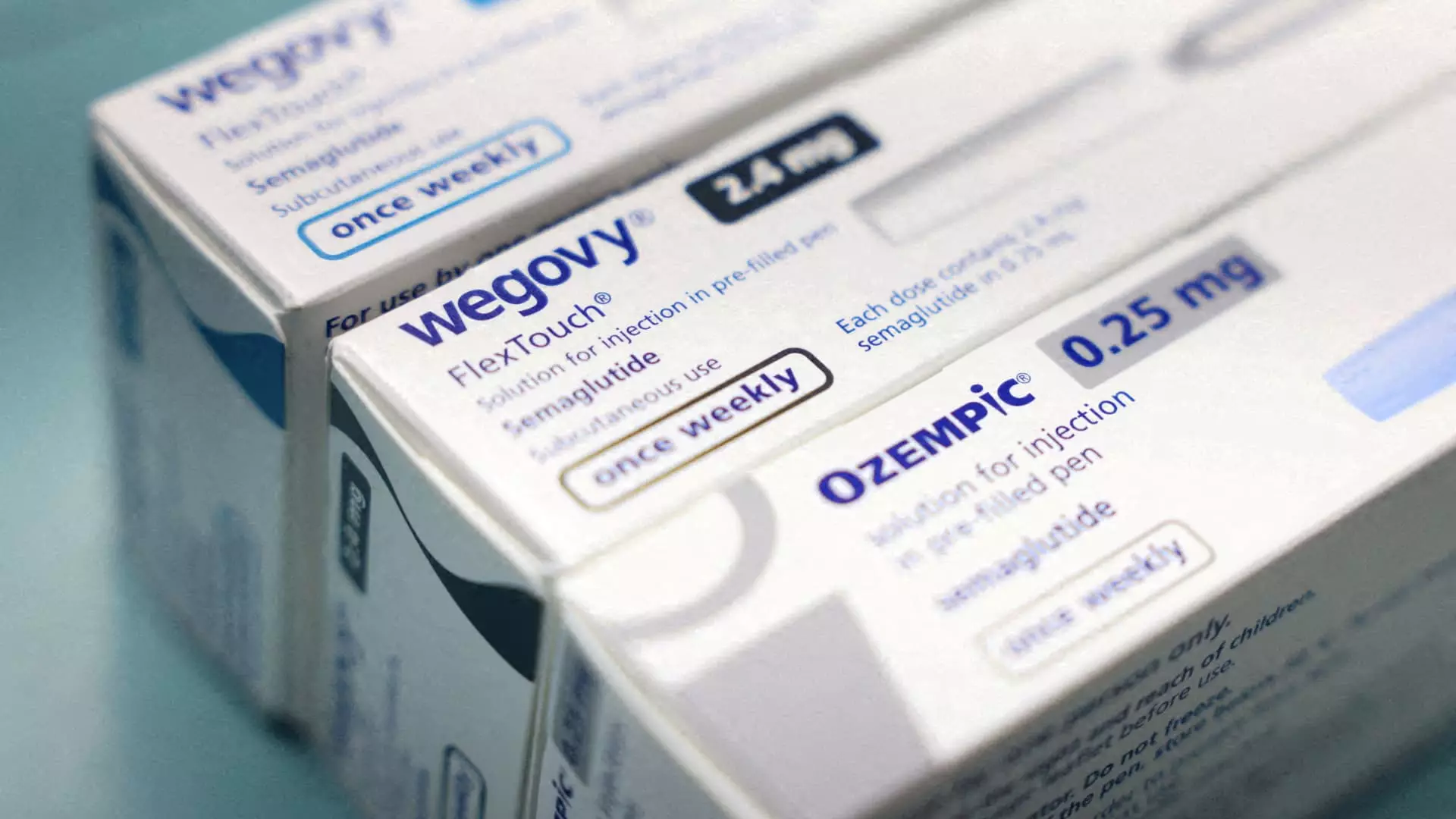For over two years, the U.S. market faced a significant shortage of Novo Nordisk’s popular injections: Wegovy and Ozempic. This drought had escalated due to unprecedented demand, leading to critical implications for patients, healthcare providers, and the pharmaceutical landscape. The situation has evolved recently as the U.S. Food and Drug Administration (FDA) announced that the supply constraints for these products have been resolved. This decision carries weight not only in terms of product availability but also impacts the larger industry dynamics, particularly compounding pharmacies that catered to patients during the shortage.
During the height of the shortage, many patients resorted to unapproved compounded versions of Wegovy and Ozempic. Compounding pharmacies stepped in to provide alternatives when the branded medications were unavailable. However, the FDA’s recent announcement positions these compounding facilities in a precarious situation. Over the next 60 to 90 days, they are expected to phase out production of these compounded versions. This transition raises concerns for both patients who had been relying on these unbranded alternatives and the pharmacies that stood to gain from providing such services.
The advent of alternatives like compounded Wegovy and Ozempic addressed immediate gaps but also obscured the risks associated with non-FDA-approved medications. Novo Nordisk’s executives reiterated that patients should not compromise their health by relying on unregulated options that might pose safety hazards. The impending closure of compounded options thus underscores the importance of regulatory oversight in maintaining patient safety.
Financial markets responded quickly to the FDA’s announcement. Shares of Novo Nordisk surged by approximately 5%, reflecting investor confidence in the company’s ability to meet demand now that manufacturing capabilities have been bolstered. Conversely, stocks of Hims & Hers, a telehealth company that offered compounded versions of the injections, plummeted by more than 25%. This stark contrast underscores the immediate impact that regulatory shifts can have on interconnected segments of the healthcare market.
This FDA decision positions Novo Nordisk to capitalize on a burgeoning market for weight loss treatments, which some analysts predict could reach upwards of $150 billion annually by 2030. Furthermore, the resolution of the semaglutide shortage may enhance Novo Nordisk’s competitive edge against Eli Lilly, especially as both companies vie for market share in the lucrative weight loss and diabetes sectors.
While the FDA’s announcement heralds the end of the shortage, it is important to note that full availability may not be instantaneous. The FDA warned of potential “intermittent and limited localized supply disruptions” as products navigate through the supply chain on their way to pharmacies. Such warnings suggest that while the crisis may be resolved, residual effects may linger, complicating access for some patients.
In particular, the lack of coverage for Wegovy by Medicare and other insurances remains an issue, potentially limiting access for populations that could benefit from the weight loss medication. As the healthcare landscape evolves, stakeholders must consider both the economic implications of newly available medications and the continued barriers that patients may face.
The resolution of the Wegovy and Ozempic shortage marks a significant chapter in the ongoing narrative of pharmaceutical demand and regulatory oversight. It highlights the pivotal role that the FDA plays in ensuring patient access to safe, effective medications. However, the journey is far from over. As compounding pharmacies prepare to cease the production of unapproved versions, the healthcare market must continue to navigate potential access barriers and evolving competition.
In sum, the dynamics at play here extend beyond mere supply levels. Understanding the implications of regulatory decisions is crucial for all stakeholders involved, from pharmaceutical companies to patients relying on life-changing medications. As awareness grows and the regulatory environment adapts, we can hope for a landscape where health is prioritized and patients can thrive, underpinned by safety, efficacy, and accessibility.

